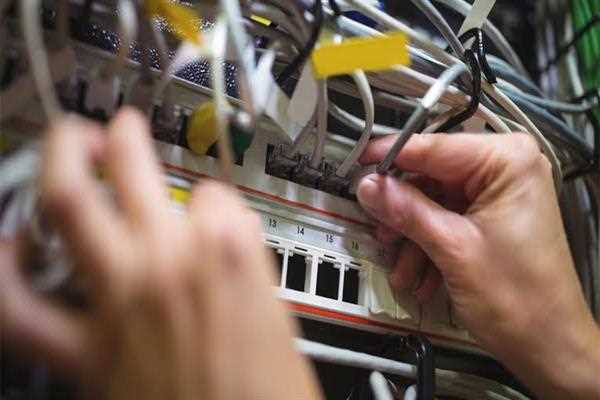Network troubleshooting is the process of identifying and resolving issues that arise within a computer network. It involves a systematic approach to diagnose and fix problems, ensuring the smooth functioning of the network. The network troubleshooting procedure typically consists of the following steps:

1. Gather Information: Begin by collecting relevant information about the network, such as its architecture, devices, and configurations. Also, gather details about the reported problem, including its symptoms and any recent changes made to the network.
2. Identify the Problem: Analyze the collected information to determine the root cause of the issue. This could involve examining network logs, performing diagnostic tests, or engaging with users to gather additional details.
3. Reproduce the Problem: Attempt to replicate the reported problem to verify its existence and better understand its behavior. This may involve testing different scenarios or configurations to isolate the issue.
4. Establish a Baseline: Compare the current network performance with a known working state to identify any deviations or abnormalities. This can help pinpoint specific areas or devices that are experiencing problems.
5. Systematic Troubleshooting: Employ a step-by-step approach to troubleshoot the network issue. Start by checking the physical connectivity, ensuring cables are properly connected and devices are powered on. Then, verify network configurations, including IP addresses, subnet masks, and gateways. Test network connectivity by using tools like ping or traceroute to identify any specific points of failure.
6. Divide and Conquer: If the problem persists, segment the network to isolate the issue. By dividing the network into smaller parts and testing each segment separately, you can narrow down the problematic area or device.
7. Update and Patch: Ensure that network devices and software are up to date with the latest firmware, drivers, and patches. Outdated software or firmware can cause compatibility issues and security vulnerabilities.
8. Documentation and Communication: Document all the steps taken during the troubleshooting process, including the solutions attempted and their outcomes. This information can be valuable for future reference or for sharing with other network administrators or support teams.
9. Test the Solution: After implementing a solution, perform thorough testing to verify that the network issue has been resolved. Monitor the network closely to ensure stability and optimal performance.
10. Follow-up and Preventive Measures: Communicate with the users or stakeholders to confirm that the problem has been resolved to their satisfaction. Additionally, consider implementing preventive measures, such as network monitoring tools, regular backups, and proactive maintenance, to minimize the occurrence of future network issues.
By following this network troubleshooting procedure, IT professionals can effectively identify and resolve network problems, minimizing downtime and ensuring a reliable and efficient network infrastructure.